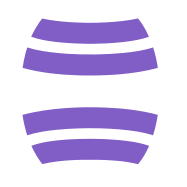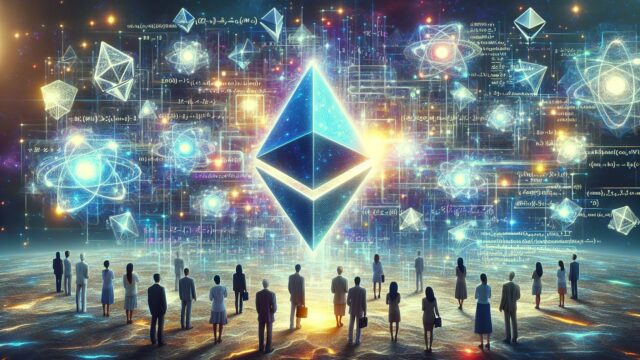Introduction
The world of blockchain technology has seen a plethora of protocols emerge in recent years, each aiming to solve unique challenges within the realm of decentralized systems. Among these, Ethereum stands out as a pioneering and versatile platform that has laid the groundwork for decentralized applications (dApps) and smart contracts. Ethereum’s open-source, blockchain-based protocol has not only paved the way for a new era of digital agreements but has also fostered a thriving ecosystem of cryptocurrencies, tokens, and decentralized finance (DeFi) solutions.
Body
Origins of Ethereum
Ethereum was proposed in late 2013 by programmer Vitalik Buterin, with development spearheaded by the Ethereum Foundation, a Swiss non-profit organization. The protocol was born out of a desire to create a more programmable blockchain that could go beyond the financial transactions made possible by Bitcoin. Ethereum sought to enable developers to craft sophisticated programs, known as smart contracts, that could execute automatically when certain conditions were met.
Understanding Ethereum’s Core Components
At the heart of Ethereum lies the Ethereum Virtual Machine (EVM), a powerful, sandboxed virtual stack embedded within each full Ethereum node. The EVM is responsible for executing contract bytecode, provided by what are known as smart contracts. These contracts are written in high-level programming languages such as Solidity or Vyper, and then compiled into bytecode which the EVM can understand and execute.
Smart Contracts and dApps
Smart contracts are self-executing contracts with the terms of the agreement directly written into lines of code. They run exactly as programmed without any possibility of downtime, censorship, fraud, or third-party interference, functioning almost like vending machines issuing digital assets or implementing terms of use. These contracts are the building blocks for dApps, which can range from games and marketplaces to complex financial services. Because Ethereum is Turing-complete, the possibilities for dApp development are virtually limitless.
Ethereum’s Native Cryptocurrency: Ether (ETH)
Ether (ETH) is the native cryptocurrency of the Ethereum protocol. It’s more than a tradeable cryptocurrency; it’s also the fuel that powers the network. Every operation on Ethereum, from transactions to smart contract execution, requires a certain amount of gas, a unit that measures the computational effort required to execute operations. Gas is paid in ETH, which incentivizes miners or validators to process transactions and secure the network.
The Ethereum Ecosystem
The Ethereum ecosystem extends far beyond simple currency transactions. It includes:
-
Tokens: Ethereum’s ERC-20 standard led to the proliferation of a new digital asset class, tokens, which can represent anything from digital currencies to voting rights and ownership stakes in digital or physical assets.
-
Decentralized Finance (DeFi): Ethereum has facilitated the rise of DeFi, enabling users to lend, borrow, and trade assets without the need for traditional financial intermediaries.
-
Non-Fungible Tokens (NFTs): Ethereum’s ERC-721 and ERC-1155 standards have enabled the creation and exchange of NFTs, unique digital items that have taken the world of art, gaming, and collectibles by storm.
-
Decentralized Autonomous Organizations (DAOs): Ethereum supports the creation of DAOs, organizations that are run through rules encoded as smart contracts, removing the need for centralized control.
Upgrading Ethereum: ETH 2.0
Ethereum’s popularity has come at a cost—high gas fees and network congestion. To address these issues, the Ethereum community is actively working on Ethereum 2.0, a series of upgrades aimed at improving scalability, security, and sustainability. These upgrades include switching from a Proof of Work (PoW) to a Proof of Stake (PoS) consensus mechanism and implementing sharding and other layer-2 solutions to increase transaction throughput.
Conclusion
Ethereum has unquestionably revolutionized the blockchain space with its flexible and rich ecosystem, enabling a future where decentralized applications prevail. As the protocol continues to evolve through the Ethereum 2.0 upgrades, it is set to offer even more robust solutions, reducing its environmental footprint and paving the way for mass adoption of blockchain technology. While challenges remain, Ethereum’s continuous improvements and vibrant community support make it a key player in the Web3 revolution, holding promises for a decentralized and interconnected digital world.

